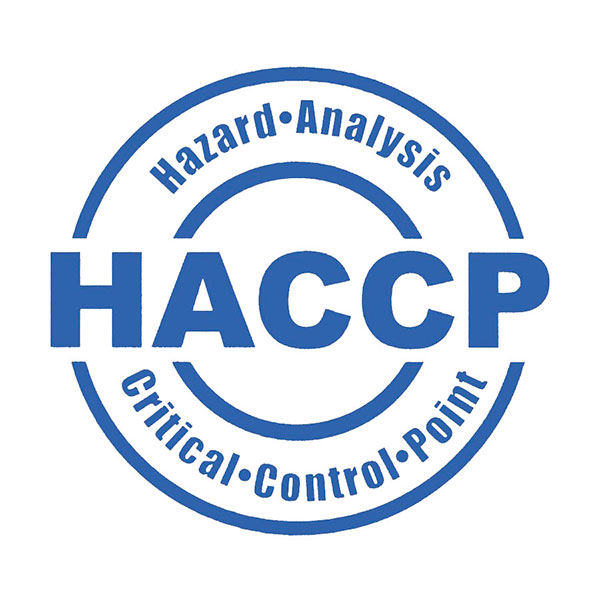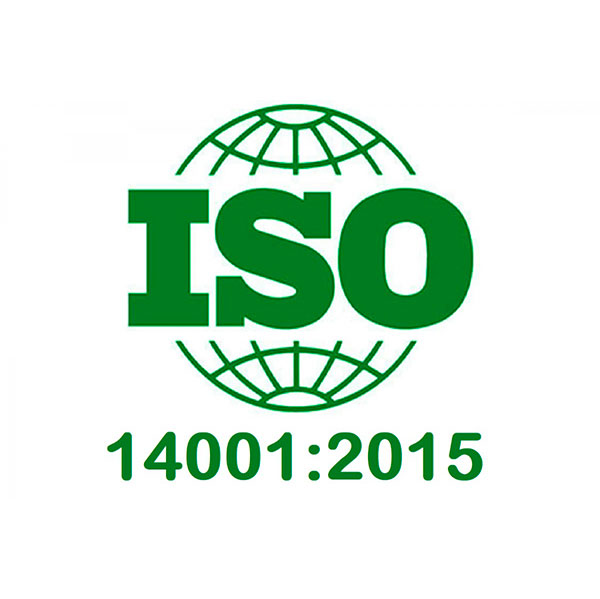Content
Grant-making and foundations also are sometimes missing the mark when it comes to supporting development and access to innovative and meaningful solutions. Conventional https://www.xcritical.com/ finance approaches are too myopic to fully address the systemicfailures we’re facing. The growing adoption of environmental, social andgovernance (ESG) factors in investing is a positive trend; but it’s mostly aboutreducing negative impacts. Even investment strategies aimed at achievingpositive net impact tend to focus on a narrow set of targets, and they oftenneglect to consider how outcomes are created and who benefits. Most banking andlending practices still ignore social and environmental impacts. In the financial industry, environmental issues (Environment), social aspects (Social), and responsible corporate governance (Governance) have played a central role for several years.
The Evolution of Regenerative Finance
ReFi offers the theoretical framework, but also advanced tools, like blockchain technology, to tackle these issues head-on. Based on open code and secure ledgers stored on consensus networks, ReFi offers a way to implement a more democratic and inclusive alternative to traditional financial systems. ReFi rails can be programmed to fairly reward key actors and redirect resources regenerative finance crypto to those who need them most while holding all participants publicly accountable. The entire system prioritizes fairly distributed, sustainable, and equitable prosperity. Regenerative Finance (ReFi) represents a transformative approach to finance, transcending profit-making boundaries to nurture a sustainable future.
What is Regenerative Finance (ReFi) and How to Navigate This New Financial Frontier?
We are centering how and what we grow together—not profit maximization at the expense of others. Regenerative finance is all about taking intelligent risks to advance a solidarity economy more effectively in ways that responsibly mitigate the climate crisis with communities at the helm. Regenerative finance is Proof of personhood the key waiting to be used because it effectively applies systemic solutions to systemic problems. Blockchain technology is a helpful tool in leveraging ReFi to its full potential.
Regenerative Finance: The Opportunity and Potential
All material in this website is intended for illustrative purposes and general information only. It does not constitute financial advice nor does it take into account your investment objectives, financial situation or particular needs. You should consider the information in light of your objectives, financial situation and needs before making any decision about whether to acquire or dispose of any digital asset.
Climate Disclosure and Climate Risk for Asian Companies

Our economic system lacks the right incentives, and there’s no way to coordinate at the level needed in a globalized world. We have plenty of resources available to address inequalities, but they often end up in the wrong hands or they can’t be distributed to the right places due to simple friction points, like issues with transferring money. Additionally, a lack of transparency in our systems has made it easier for unprincipled actors to extract profits. This creates a positive feedback loop, encouraging more people to fund public goods. This shift in focus from private to public value creation encourages long-term thinking and actions that benefit the wider society and environment. Named after the God of coordination failure, this Decentralised Autonomous Organisation (DAO) is made up of members of the community who contribute capital with the pure intention of funding the development of Ethereum infrastructure.
- By using these technologies, the financial system could become more transparent, trustworthy, and efficient.
- Therefore, historical items can be securely documented, ensuring their permanent place in history.
- Firms with strong risk-taking own more financial assets, whereas those with weak risk-taking hold fewer financial assets.
- However, this method has certain limitations, mainly from the following four points.
- Financial restrictions are indicated by groups with values above the median as having significant financial constraints and those with values below the median as having minimal financial constraints.
Decentralization, by design, also accelerates diversity and enables anyone interested to participate in the system, regardless of who they are and where they are from. Early uses of ReFi include designing novel ways to fund public goods (like open source software) and tokenizing environmental assets (like carbon credits) so they could be used in DeFi applications (like DEXes). Applications on a blockchain could be poorly designed or malicious — after all, access is open so anyone can create a decentralized application. Not many regulations are in place yet, so users of DeFi products need to carefully evaluate which services are safe to use and trustworthy. Financial tools with open access, open code, and open data unlock unbridled innovation, but openness can also allow bad actors to join that are trying to abuse the system. For users of these new systems, it’s key to be cautious and aware and to do your due diligence before using a ReFi (or any Web3) service.
Developing a regenerative, solidarity economy is not just about building successful community-owned businesses. The entire Climate Justice Alliance ecosystem, including its policymaking and culture building parts, aims to support the success of these businesses. I first encountered this exciting world through the ReFi Talents program, an initiative that introduces entrepreneurs, technologists, and investors to solutions that merge finance, tech, and sustainability. ReFi isn’t about lofty ideals — it’s about real-world innovation, like blockchain systems for transparency, tools to measure ecological impact, and marketplaces for trading nature-based credits.
When it comes to regenerative agriculture, environmentally friendly resources, and sustainable energy, innovation grows with ReFi. It influences entrepreneurs and corporations to work for solutions that embrace its guiding principles. The creation of more environmentally friendly and sustainable methods and products can be influenced by this creative attitude, which can change how entire industries work. The conventional financial sector is pushed by ReFi to reconsider its priorities. It proves that finance can be a powerful instrument to promote change instead of just making money. The advocacy of ReFi for accountability, transparency, and impact measurement can serve as a model for the entire financial sector to adopt the same principles.
Following Zhou et al. (2022), the study used the difference between the maximum and minimum values calculated by rolling regression (i.e., the extreme value) as a measure of CRISK2. The ReFi movement is about making positive change possible, with the financial return as a by-product. Incentives in our current economic system are predominantly set to maximise profits while ignoring or passing on negative impacts. Carbon offsetting is just one part of a much larger picture when it comes to reaching net zero. Regenerative Finance (ReFi) represents an economic evolution in both mindset and technology that can enable the rapid scaling of climate action required. To achieve our 2030 target of halving current emissions the State of Climate Action 2021 report calls for a “near doubling of the pace of action”.
They can support the growth of regenerative finance by providing tax incentives and subsidies, establishing standards and guidelines, investing directly in regenerative projects, and engaging in education and outreach efforts. Governments can reduce the cost of investment by offering tax credits for renewable energy projects, funding for green infrastructure initiatives, and other sustainable initiatives. By establishing standards and guidelines, governments can increase transparency and accountability in the industry, providing investors with greater confidence in their investments.

ReFi’s impact measuring concepts align perfectly with web3’s transparency and traceability. Blockchain technology and smart contracts make it possible to continuously track the socioeconomic and environmental effects of investments. This transparency helps investors see the instantaneous implications of their financial decisions and holds projects accountable for their sustainability and regeneration claims. Higher financing constraints limit the firm’s ability to obtain external funds, increasing the firm’s default risk.
This shows that, in terms of corporate financing constraints, the more restrictions imposed, the harder it is to get a financial loan. This has a number of detrimental effects, such as decreasing the enterprise’s asset liquidity and raising the default risk. In other words, to avoid negative impacts in business situations when making financial investments, companies must invest in financial assets according to their CRISK (Addoum, 20201). In the indirect transmission channels, scholars have already proven that the levels of FIN and CRISK are affected by investors’ attention.
They also create verifiable social incentives for communities to benefit the society around them through digital ownership certificates built with non-fungible token (NFT) technology. In order to ensure its success and growth, it is crucial to overcome these challenges and make regenerative finance more accessible, transparent, and regulated. By doing so, we can promote a more sustainable future and drive positive social and environmental outcomes through investment. Whether you are an investor, entrepreneur, or concerned citizen, it is time to take action and support the growth of regenerative finance, so that together we can create a better future for all. Regenerative finance (ReFi) is a unique investment strategy that aims to revive and preserve the natural systems supporting life on earth.
They also provide loans and financing to individuals and businesses who may not have access to traditional financing options. Ever since the concept of regenerative economics was first presented by economist John Fullerton in 2015, there has been an upswell in interest over applying regenerative principles to finance. This is part of a larger regenerative movement that has taken other areas of society by storm in recent years, including agriculture and architecture design. What started out as a concept promoted by impact investors and forward-thinking economists has now become an essential strategy if both the public and private sectors want to see their people and profits thrive and prosper well into the future. Blockchain technology contributes to ReFi by creating a record of individuals’ involvement in funding or overusing public goods. It can create verifiable social incentives for communities to benefit the society around them through digital ownership certificates built with non-fungible token (NFT) technology.


